Aurora From The ISS.
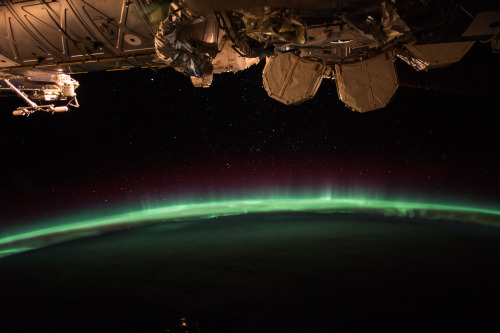
Aurora from the ISS.
Photo credit: NASA
More Posts from Space-m17-blog and Others
Give support to this project

nature | Night Life | by Joshwallace | http://ift.tt/1IeKeUi
Sea Level Rise

For thousands of years, sea level has remained relatively stable. But now, Earth’s seas are rising. Since the beginning of the 20th century, they have risen about eight inches, and more than two inches in the last 20 years alone!

As water warms, it expands and takes up more space. That means that when oceans warm, the sea level rises. This summer, we’ve been researching exactly how global warming has impacted Greenland’s ice sheet. Our ICESat-2 mission will use a laser to measure the height of the planet’s surface. Over time, we will be able to provide a record of elevation change, and estimate how much water has melted into the ocean from land ice change.
So how much ice are we actually losing? Great question, but the answer might shock you. In Greenland alone, 303 gigatons of ice was lost in 2014!

Since we know that ice is melting, we’re working to gain a better understanding of how much and how fast. We’re using everything from planes, probes and boats, to satellites and lasers to determine the impact of global warming on the Earth’s ice.

Follow along for updates and information: http://climate.nasa.gov/


M22 globular cluster
js


Daily reminder that we have a spacecraft orbiting Saturn—over one billion miles (1.636x10^9 km) away—and it transmits photos like these to us regularly. Thank you, Cassini–Huygens!

Albert Einstein in a vintage polo.

A photo of Saturn. Took by Cassini with COISS on September 01, 2004 at 08:15:35. Detail page on OPUS database.
Hot & Steamy RS-25 Engine Test

Today, we tested the RS-25 engine at Stennis Space Center in Mississippi, and boy was it hot! Besides the fact that it was a hot day, the 6,000 degree operating temperature of the hot fire test didn’t help things. This engine is one of four that will power the core stage of our Space Launch System (SLS) into deep space and to Mars. Today’s test reached 109% power and burned 150,000 gallons of liquid oxygen and 60,000 gallons of liquid hydrogen. When SLS launches with all 4 of its engines, it will be the most powerful rocket in the world!

This engine was previously used to to fly dozens of successful missions on the space shuttle, so you might be asking, “Why are we spending time testing it again if we already know it’s awesome?” Well, it’s actually really important that we test them specifically for use with SLS for a number of reasons, including the fact that we will be operating at 109% power, vs. the 104% power previously used.

If you missed the 535-second, ground rumbling test today – you’re in luck. We’ve compiled all the cool stuff (fire, steam & loud noises) into a recap video. Check it out here:


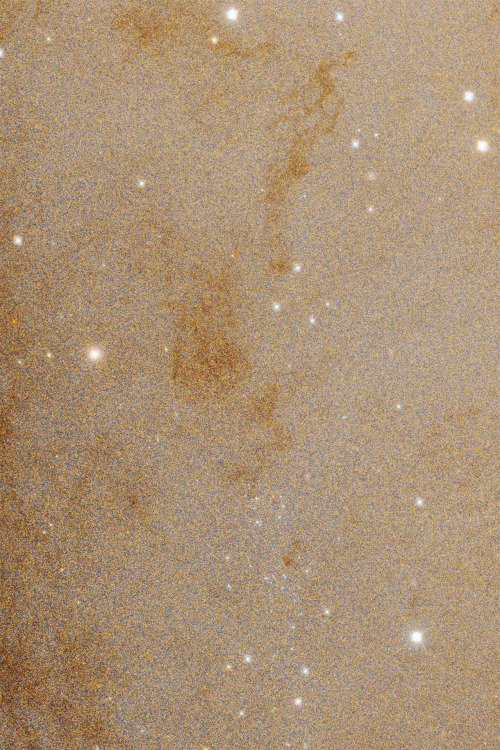
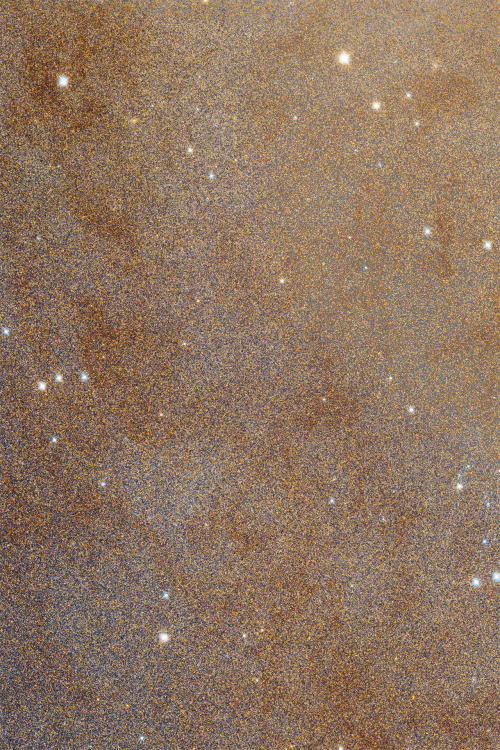
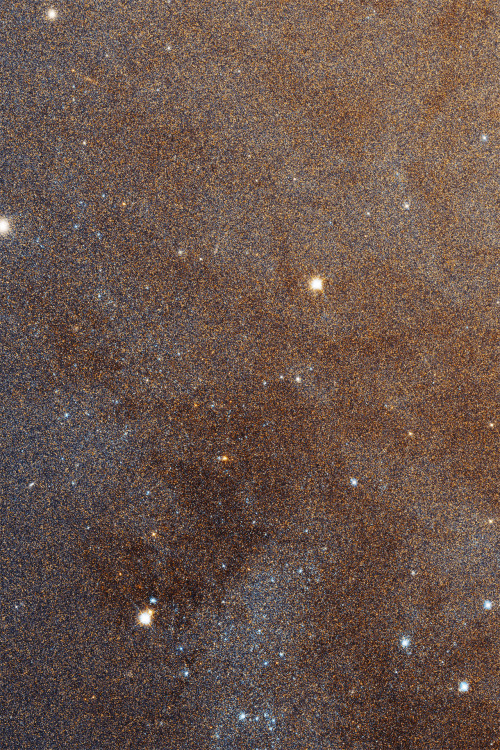
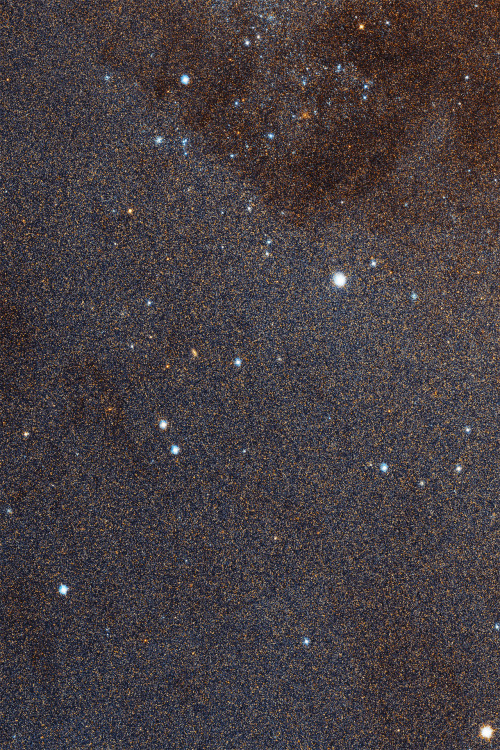
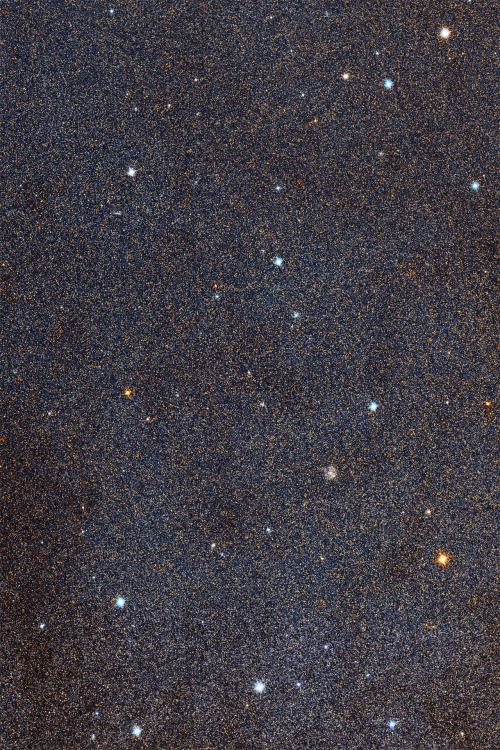
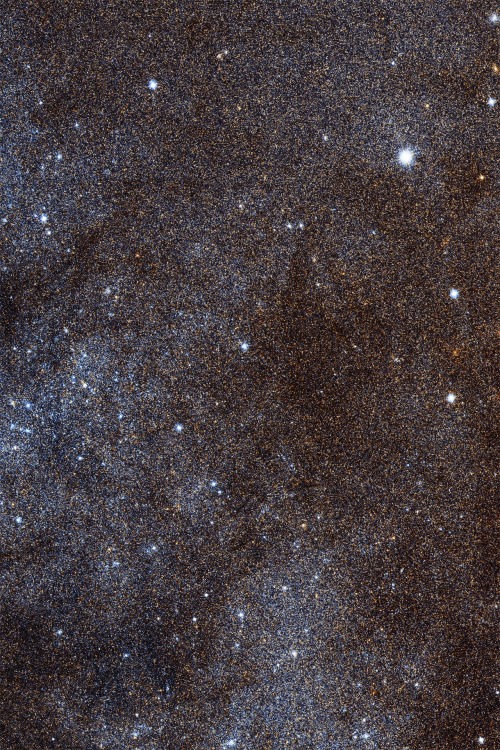
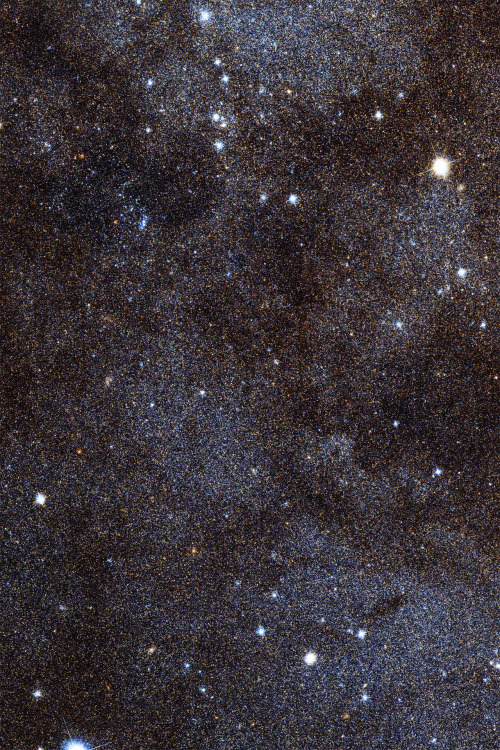

The largest image of the Andromeda Galaxy ever created. (69536 x 22230 pixels) Source; NASA/ESA Hubble Space Telescope
-
 spiderandthefly reblogged this · 9 years ago
spiderandthefly reblogged this · 9 years ago -
 spiderandthefly liked this · 9 years ago
spiderandthefly liked this · 9 years ago -
 queenvarda reblogged this · 9 years ago
queenvarda reblogged this · 9 years ago -
 queenvarda liked this · 9 years ago
queenvarda liked this · 9 years ago -
 enano-verde reblogged this · 9 years ago
enano-verde reblogged this · 9 years ago -
 starhasarrived liked this · 9 years ago
starhasarrived liked this · 9 years ago -
 earth2vicky liked this · 9 years ago
earth2vicky liked this · 9 years ago -
 quantuminquiries-blog reblogged this · 9 years ago
quantuminquiries-blog reblogged this · 9 years ago -
 galaxies-are-inside liked this · 9 years ago
galaxies-are-inside liked this · 9 years ago -
 dr0pdeadcharlie- reblogged this · 9 years ago
dr0pdeadcharlie- reblogged this · 9 years ago -
 dunedain-prince reblogged this · 9 years ago
dunedain-prince reblogged this · 9 years ago -
 antiihvman reblogged this · 9 years ago
antiihvman reblogged this · 9 years ago -
 11-mother-of-wolves-11 reblogged this · 9 years ago
11-mother-of-wolves-11 reblogged this · 9 years ago -
 11-mother-of-wolves-11 liked this · 9 years ago
11-mother-of-wolves-11 liked this · 9 years ago -
 ventidivacup reblogged this · 9 years ago
ventidivacup reblogged this · 9 years ago -
 omarlonglive-blog liked this · 9 years ago
omarlonglive-blog liked this · 9 years ago -
 gothicprincesx reblogged this · 9 years ago
gothicprincesx reblogged this · 9 years ago -
 m4ii reblogged this · 9 years ago
m4ii reblogged this · 9 years ago -
 azizj96 reblogged this · 9 years ago
azizj96 reblogged this · 9 years ago -
 f-hex reblogged this · 9 years ago
f-hex reblogged this · 9 years ago -
 zoetic-a liked this · 9 years ago
zoetic-a liked this · 9 years ago -
 idiotape reblogged this · 9 years ago
idiotape reblogged this · 9 years ago -
 oldartainteasy reblogged this · 9 years ago
oldartainteasy reblogged this · 9 years ago -
 oldartainteasy liked this · 9 years ago
oldartainteasy liked this · 9 years ago -
 cuncinnity liked this · 9 years ago
cuncinnity liked this · 9 years ago -
 cuncinnity reblogged this · 9 years ago
cuncinnity reblogged this · 9 years ago -
 dc-idrum reblogged this · 9 years ago
dc-idrum reblogged this · 9 years ago -
 ah-thee-nahh reblogged this · 9 years ago
ah-thee-nahh reblogged this · 9 years ago -
 sun-bleach3d reblogged this · 9 years ago
sun-bleach3d reblogged this · 9 years ago -
 bsa7tek reblogged this · 9 years ago
bsa7tek reblogged this · 9 years ago -
 oryx13 liked this · 9 years ago
oryx13 liked this · 9 years ago -
 oryx13 reblogged this · 9 years ago
oryx13 reblogged this · 9 years ago -
 3o2 reblogged this · 9 years ago
3o2 reblogged this · 9 years ago -
 m3jel reblogged this · 9 years ago
m3jel reblogged this · 9 years ago -
 evolalterego reblogged this · 9 years ago
evolalterego reblogged this · 9 years ago
I love space. I've been to space camp in Huntsville Alabama and I am planning on going every summer. I look forward to be an astronaut for nasa on the sls that is planned to be launched 2018. And the manned mission 2030. So yeah I won't let anything get in my way.
138 posts